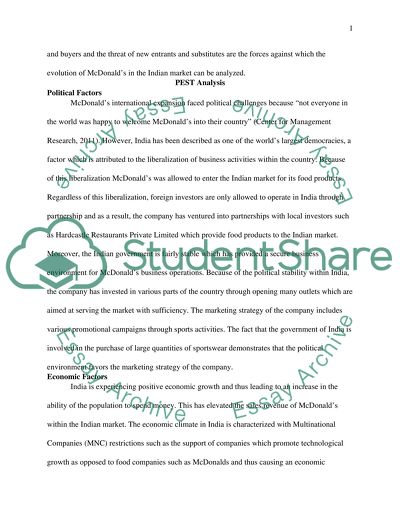Cite this document
(“Mcdonalds Essay Example | Topics and Well Written Essays - 4000 words”, n.d.)
Retrieved from https://studentshare.org/marketing/1397762-mcdonalds
Retrieved from https://studentshare.org/marketing/1397762-mcdonalds
(Mcdonalds Essay Example | Topics and Well Written Essays - 4000 Words)
https://studentshare.org/marketing/1397762-mcdonalds.
https://studentshare.org/marketing/1397762-mcdonalds.
“Mcdonalds Essay Example | Topics and Well Written Essays - 4000 Words”, n.d. https://studentshare.org/marketing/1397762-mcdonalds.


